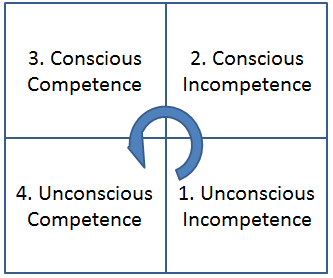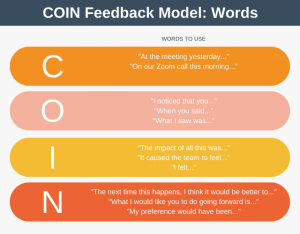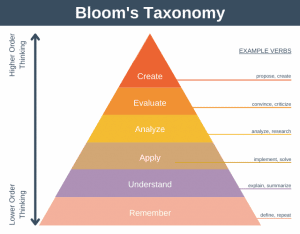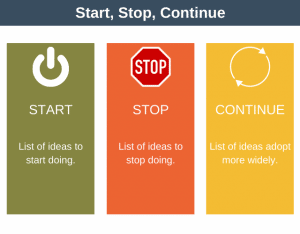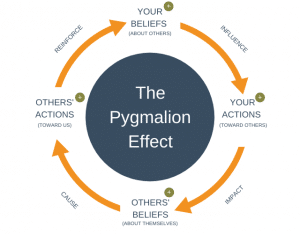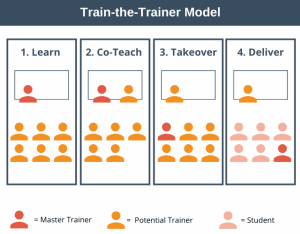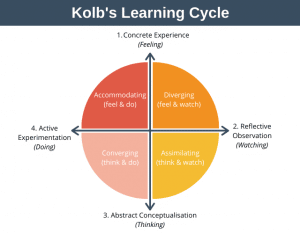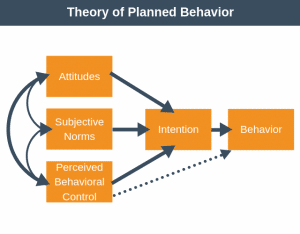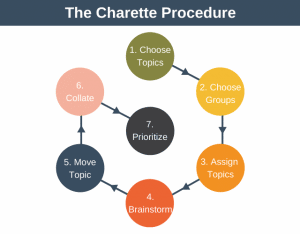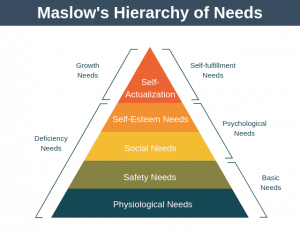The Conscious Competence Learning Model or Matrix explains the stages by which we learn and ultimately acquire a new skill. In this model the learner always begins at Unconscious Incompetence, and passes through Conscious Incompetence and Conscious Competence before arriving at Unconscious Competence.
Note that the way we move through the model isn’t linear and doesn’t always terminate in the final stage. A good example of this can be seen when learning to play an instrument. If you don’t practice regularly then its easy to see you could regress from stage 4 to 3, or even from stage 3 to 2. Many people may simply reach stage 3 and be quite happy to remain there – this is at least the case in my own guitar playing.
Let’s now examine each stage of the model in turn.
1. Unconscious Incompetence
In this first stage of the matrix the learner is completely unaware of their incompetence in the skill in question. They may not be aware that this still exists, or that it is relevant to them, or even that they have a weakness in the area which needs to be addressed.
In order to begin the learning cycle the person must develop awareness of their incompetence in the skill. In a workplace environment one common way to become aware of the existence of a new skill is via the personal development process. If you don’t have a formal personal development process then ask your boss and colleagues for their opinion on the gaps in your skill set.
2. Conscious Incompetence
In this second stage of the matrix the person becomes aware of the existence of the skill and the need to learn it because of a weakness or deficiency in this area.
In a workplace context the person realises that the development of this skill will result in them being better able to perform their job, or increase their responsibilities, or even get promoted.
It is at this stage that we often make a commitment to practice and learn the new skill.
3. Conscious Competence
With practice the learner can achieve the third stage of the model, conscious competence. This stage is reached when the person is able to perform the skill or task well, but it still requires a lot of thought and concentration on the part of the learner.
At this stage the learner has the skill but it is not yet an automatic skill – practice is needed. Without continued practice the learner may slip from stage 3 to stage 2. With enough practice the learner can progress to stage 4.
4. Unconscious Competence
With enough practice of the skill it becomes second nature and can be performed without really thinking about it.
An example of an activity that many adults have practiced until they become unconsciously competent is driving. If you are currently a regular driver think back to when you were learning and how everything felt clunky. Even after you could finally drive alone it probably took much longer to develop your anticipatory skills.
Once the learner becomes unconscious competent they may be able to perform the task and do something else at the same time.
Summary
The Conscious Competence Learning Model helps us to understand the stages we undergo when we learn something new. Understanding the model can assist both our own career development and the career development of those we manage.
